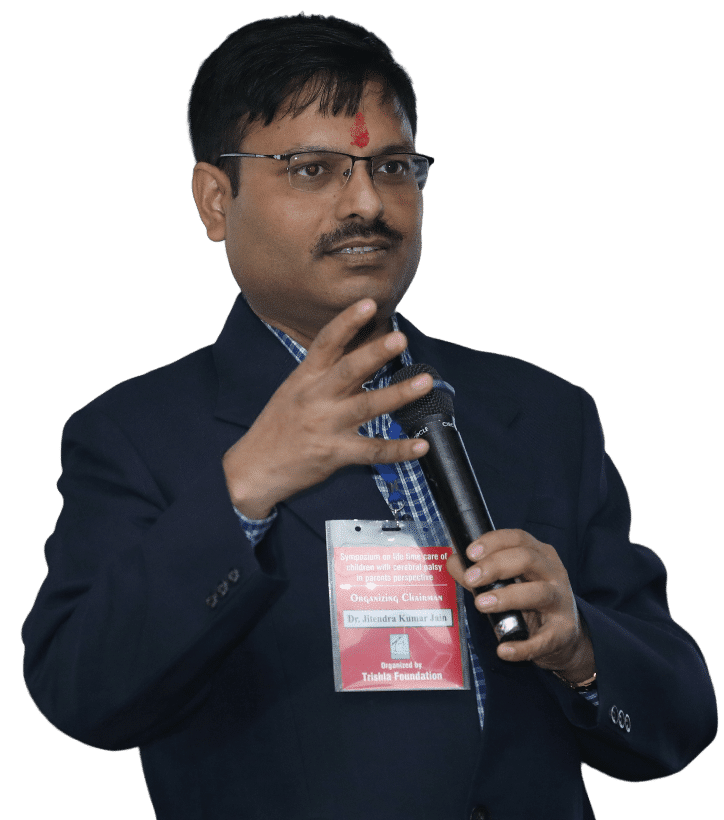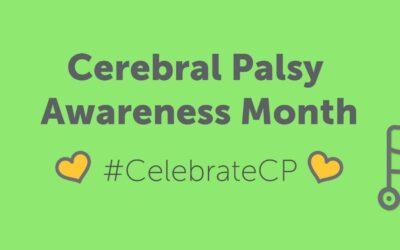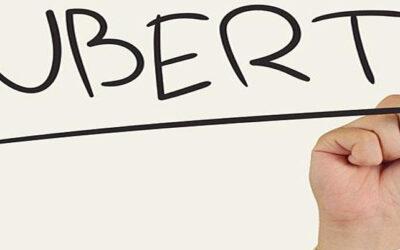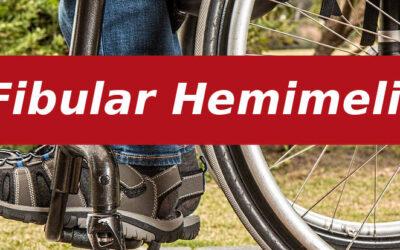Spastic cerebral Palsy
Releted Posts
Cerebral Palsy
Cerebral Palsy Types
Cerebral Palsy Myths
Cerebral Palsy Surgery In India
Cerebral Palsy Children
Cerebral Palsy Defination
Cerebral Palsy Care Plan
Cerebral Palsy Prognosis
Cerebral Palsy Symptoms
Cerebral Palsy Treatment
Cerebral Palsy Therapy
Cerebral Palsy Organizations
Cerebral Palsy Living Style
Cerebral Palsy Birth Injury
Cerebral Palsy Associated Disorder
Cerebral Palsy Eating Feeding Tips
Cerebral Palsy Sleeping Disorder
Diplegia Spastic Cerebral Palsy
Spastic Cerebral Palsy
Yoga & Physiotherapy
Donate Now
Your one donation can give someone a new life
Spastic cerebral palsy
is the commonest variety of Cerebral Palsy. More than 70% of children with CP are affected by Spastic Cerebral Palsy. This problem occurs due to damage to the cerebral cortex in the brain. Spastic Cerebral Palsy is defined as the condition, where the muscle in the body is spastic and lacks flexibility. Spasticity means increase tone in muscle & hypertonia. It inhibits coordinated movement in the body. In spastic variety, one side of muscle opposes the function of the other side muscle due to lack of coordination & spasticity. Initially, there will not be any contracture, joint & bony fix deformity but with the passage of time and with persistent spasticity these problems develop. The child will have problems crawling standing and walking. This spasticity can affect one extremity to the whole body. This condition will not be completely cured in the patient’s lifetime but there can be a progressive improvement in functional capability by cerebral palsy therapy treatment. Spasticity usually lessens down with therapy after 8 years of age but they may develop fixed shortening of muscles. Children suffering from Spastic CP face difficulties in simple day-to-day tasks.
Spastic Cerebral Palsy Types
Spastic cerebral palsy can affect from one extremity to all four extremities and eventually in some cases the whole body. The severity of the problem can range from a minor problem in gait to severe disability. The severity of disability depends upon the extent of the lesion in the brain.
Causes
Birth asphyxia is the commonest cause but sometimes etiology is not identifiable. Genetic causes also play a role. Very low birth weight and premature born babies are more prone to brain insult.
Symptoms
- Spastic and tight muscle in body
- Joint contracture
- Bony deformity
- Abnormal gait pattern including toe walking, scissoring gait, crouch gait etc
- Poor coordination & poor control of muscle movements.
- Inability to perform activities of daily life
- Child can have other associated problem like drooling, difficulty in swallowing, gastro-intestinal problem of constipation and reflux, problem in speech, seizure cognition and behavioral abnormality etc.
Types of Spastic Cerebral Palsy
Monoplegic Spastic Cerebral Palsy
It is a form of paralysis where only one extremity of the body is affected.
1. Spastic Hemiplegia
where one side of the body is affected. In this variety, one side upper & lower limb is affected. The severity of the upper or lower extremities is varied.
2. Spastic Diplegia Cerebral Palsy
It primarily affects the lower part of the body including both legs. The upper limb will have only functional problems. Spastic Quadriplegia is a severe condition of Spastic Cerebral Children. In this case, both arms and legs are affected. The patient cannot stand, walk and sit properly without taking any help from someone else.
3. Spastic Triplegia
In which both lower limb and one upper limb are affected.
Spastic Cerebral Palsy Diagnosis
Treatment
Diagnosis of cerebral palsy is based on history & clinical assessment. Diagnosis can be made earliest at the age of 6 months if not showing normal development milestones. History of high-risk factor-like premature delivery < 32 weeks of pregnancy, Low birth weight <1.5kg, history of maternal infection, hypothyroidism, intake of toxic drugs, history of asphyxia, severe jaundice, encephalitis, etc increase the chances of getting cerebral palsy. History of abnormal response during birth, lack of social smile, no use of any extremity, the abnormal tone of the body, stiffness, palsy, dribbling of saliva, difficulty in sucking & swallowing, delayed milestone, history of convulsion, speech problem, and other associated medical problem, etc helps in making a diagnosis of palsy. An investigation like MRI, CT scans, and ECG are required to supplement the clinical diagnosis, to see the extent of the lesion, the severity of the problem, and to rule out other possible causes of delayed milestones.
These children require multimodal therapy which includes physical & occupational therapy, brace, walking aids, and surgery.
Therapy
Physical therapy is to improve muscle power, coordination, relaxing abnormal reflexes. Occupational therapy is being used to give training in ADL, speech therapy to improve speech. Special exercise technique like NDT, SI & CIMT is also required to manage these children. Yoga and meditation are very useful in cerebral palsy children. Traditional exercises like stretching and joint mobilization should not be used.
Special education:
To provide training in initial learning and writing skill for mainstream schooling
Brace:
AFO and gaiter are the essential braces for managing lower limb dysfunction in cp
Botulinum toxin:
Is being used for spasticity in early age child
Orthopedic surgery:
Orthopedic surgery is being used to manage fix deformity, muscle contracture, and bony deformity.
Watch Our Success Stories
Watch Dr. Jitendra Kumar Jain treating cerebral palsy children with multiple therapies available.
Therapy such as physical therapy, occupational therapy, speech therapy, brace will help a lot in cerebral palsy treatment.
Subscribe To Our Youtube Channel
Page Medically Reviewed and Edited
by DR. Jitendra Kumar Jain
Dr. Jitendra Kumar Jain is a renowned name in the field of childhood physical disability & orthopedics problems in North India. He has been an MS Orthopedics, DNB Orthopedics, Pediatric orthopedic surgeon & cerebral palsy specialist for over 21 years.


Page Medically Reviewed and Edited by DR. JITENDRA KUMAR JAIN
Dr. Jitendra Kumar Jain is a renowned name in the field of childhood physical disability & orthopedics problems in North India. He has been an MS Orthopedics, DNB Orthopedics, Pediatric orthopedic surgeon & cerebral palsy specialist for over 21 years.
Testimonials
1. What are the different types of spastic cerebral palsy?
Types of Spastic Cerebral Palsy:
- Spastic diplegia
- Spastic hemiplegia
- Spastic quadriplegia
2. What is spastic diplegia cerebral palsy?
Spastic diplegia cerebral palsy is a form of bilateral cerebral palsy in which both legs of the body get affected. The arms may be affected less strongly.
3. What is spastic hemiplegia cerebral palsy?
Spastic hemiplegia cerebral palsy is a form of unilateral cerebral palsy in which one side of the body gets affected including one leg and one arm.
4. What is spastic quadriplegia cerebral palsy?
Spastic quadriplegia cerebral palsy is a form of bilateral cerebral palsy in which both legs and arms of the body get affected.
Make a Difference
Support Trishla Foundation's Life-Changing Work for Children with Cerebral Palsy!
Together, we can break barriers and empower children with cerebral palsy. With your generous contribution, Trishla Foundation can continue its vital work in providing therapies, education, and support to these incredible children. Help us create a brighter future by donating today!



